Search
Search Results
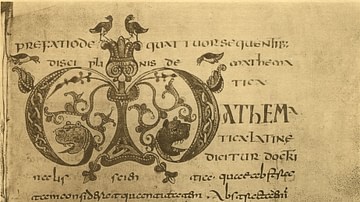
Definition
Etymologiae
The Etymologiae (Etymologies) is a Latin work by Isidore of Seville (l. c. 560 - 636 CE), compiled in the early 7th century CE and published in its final form shortly after his death. The book is a type of medieval encyclopedia and is a survey...

Definition
Aspasia of Miletus
Aspasia of Miletus (l. c. 470-410/400 BCE) is best known as the consort of the great Athenian statesman Pericles. Her life story has always been given in the shadow of Pericles' fame, but she was a woman of great eloquence and intelligence...
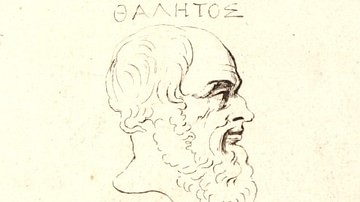
Definition
Thales of Miletus
Thales of Miletus (l. c. 585 BCE) is regarded as the first Western philosopher and mathematician. He was born and lived in Miletus, a Greek colony in Ionia (modern Turkey) referenced as the birthplace of Greek Philosophy because of his high...
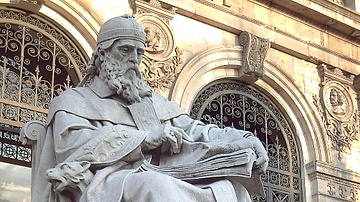
Image
Isidore of Seville
Marble statue of Isidore of Seville by José Alcoverro, from 1892 CE
Biblioteca Nacional de España, Madrid.
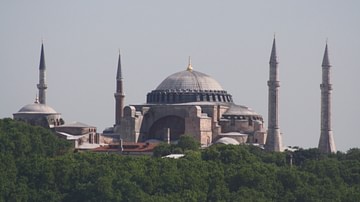
Definition
Hagia Sophia
Hagia Sophia in Istanbul, constructed 532-537, continues to be revered as one of the most important structures in the world. Hagia Sophia (Greek Ἁγία Σοφία, for 'Holy Wisdom') was designed to be the major basilica of the Byzantine Empire...
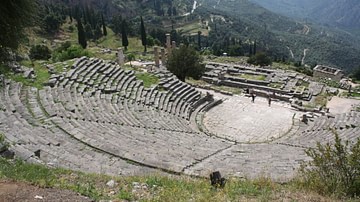
Article
Ancient Greek Inventions
The ancient Greeks are often credited with building the foundations upon which all western cultures are built, and this impressive accolade stems from their innovative contributions to a wide range of human activities, from sports to medicine...
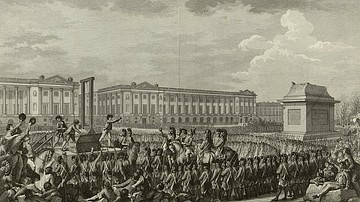
Image
Execution of Louis XVI
Engraving depicting the execution of King Louis XVI of France by guillotine on 21 January 1793, in the Place de la Revolution, Paris. The executioner displays his severed head to the crowd. Engraving by Isidore Stanislas Helman, after Charles...
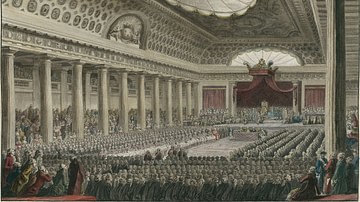
Image
The Opening of the Estates-General
The opening of the Estates-General of 1789, on 5 May, in the Salle des Menus Plaisirs in Versailles, engraving by Isidore-Stanislas Helman, 1789.
Bibliothèque nationale de France, Paris.
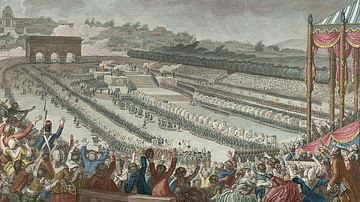
Image
Festival of the Federation
Festival of the Federation (14 July 1790) on the Champ de Mars, from a perspective close to the king's pavilion, engraving by Isidore Stanislas Helman, after a painting by Charles Monnet, 1790.
Bibliothèque nationale de France.
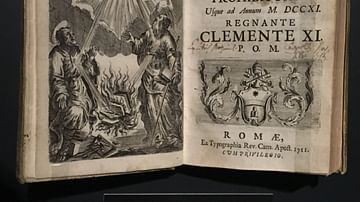
Article
Index of Prohibited Books
The Index of Prohibited Books (Index Librorum Prohibitorum) was a list of written works condemned as heretical or injurious to the Christian faith by the Catholic Church at the Council of Trent in 1563. It remained in effect until 1966 when...